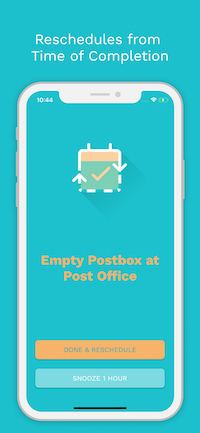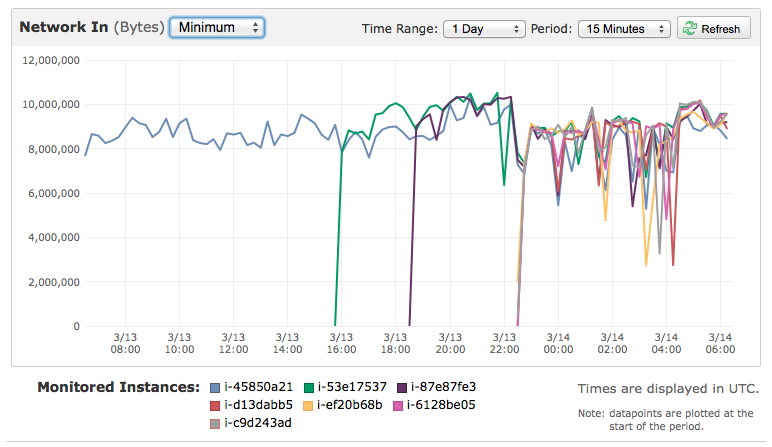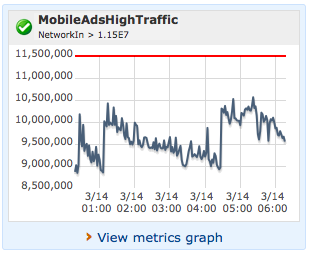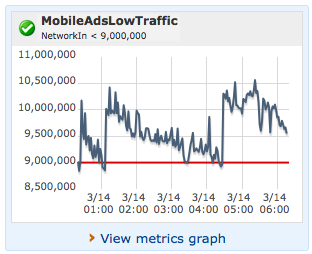Though, I don’t find much time to write articles these days, I believe I should write down my experiences as long as I still remember them properly. My fellow regular readers might have noticed a slight change in logos on the right sidebar which now sports the TreeCrunch logo; a company I co-founded a couple of months ago. In a nutshell, TreeCrunch is a social, viral, open-ended customer engagement platform with an incredible potential to influence companies and society.

From the beginning, we wanted to form a company that accomplishes four major goals:
- Build a successful tech company with global reach based out of Hong Kong.
- Help companies understand their social media audience and improve their business.
- Create a workplace where coders are kings and everyone loves to come to work.
- Expand as quickly as possible by raising funds internally and externally.
Building a tech company in Hong Kong is not easy. Yes, infrastructure is incredibly good — super fast non-firewalled Internet connection (that’s actually all a hacker needs), according to OECD most economic freedom, considerably low tax rates, access to all kinds of conveniences in life, a very good life style and any kind of beer your can imagine (important for us Germans) over one hundred “AAA” rated beaches. Yet, there are disadvantages and obstacles to overcome: recruiting of the best programmers available (remember, we are in competition with banks, hedge funds and property companies that are loaded with cash), high cost of lodging, cultural differences (to most uni grads is not as “cool” to work at a startup as it is silicon valley for example).
Helping companies understanding their social media audience is not the big problem. Our technology is superior, our prototypes are working, our first clients have committed to enjoy our services and work with us; growing with us.
Creating a great workplace for hackers is also the easier part for us. Over the past years we have been gathering a lot of information about how to make a programmer’s life fulfilling and fun. It can be quite boring when you are cramped in a 2 sqm area behind a tiny desk right next to the guy who showers once a week. Let’s start with small things like free soft drinks and snacks, free Friday lunches, air hockey tables, going over to purposely not enforcing too harsh deadlines (taking off pressure) and ending up in private rooms for each developer with two 23 inch (or bigger) monitors and the fastest desktop computers money buy. It is a very “not typical HK style” workplace and it is obviously not the right place for everyone. We believe the ones who like to work without too much supervision, but a lot of responsibility and creative ownership – those will change the world and they will change other people’s worlds.
Expanding as quickly as we can is not easy either. With S4BB, Skylab and Slate Takes (the other logos on the right) we have always pursued the way of self-sustaining growth without external funding. So for years now, our strategy has been exclusively: get profitable first; then spend money. That came with a lot advantages like not being in debt, having complete control over the direction the company and its products need to go. For example, a couple of years back we decided not to do any contractual mobile development work with S4BB and Skylab which obviously had a negative effect on cashflow in the short term. We decided to spend our time (==money) to build our own products that became assets of our business and have helped us a lot over the long term to create sustainable constant income to fund the creation of an awesome hacker workplace. On top of that, I don’t like to bring someone else’s dream to life.
With TreeCrunch on the other hand, we are going down the typical “Silicon-Valley-Style Tech Startup Road” with a slight twist. We are three co-founders that invested their own money, have a unique vision, developed superior technology, come with over 30 years of combined industry experience and (most importantly) we have run companies before; without going bankrupt. Even though we had enough ‘internal’ funding that we wouldn’t need to raise more, we are still doing it. Everyone knows this, but sometimes it has to be spoken out loud: “You got to raise money when you don’t need it.” That is one of the reasons why we are about to close our first pre-seed funding round raising our cash reserves by about 50%. Furthermore, TreeCrunch just got awarded the Cyberport Creative Micro Fund which comes with a grant of HK$100k.
With TreeCrunch we joined several programs so far, these are two:


Fund raising in Hong Kong is an interesting challenge. There are plenty of semi-governmental funds (like CCMF), fully covered government schemes as well as private companies (like Microsoft) with their programs. These are great opportunities which we will look and enter into when it makes sense. There are also a lot of wealthy people and families around who made a fortune with properties, stocks and other businesses. The usual way of investing their wealth is not related with startups – and the sub-group of tech-related startups is even further away from that.
For example, you won’t believe how incredibly hard it seems to be to set up a simple thing like a “shareholder’s agreement”. In the U.S. there are templates for this, you can go to almost any lawyer in the bay area and you will get a template for a couple of bucks or shares. For those who don’t know: Hong Kong’s economy is built on two major pillars: the property and the stock market. Other major factors of Hong Kong’s economy include the financial industry, import/export and tourism/retail. Then, for quite a while there is not much coming along the list of important industries and at the further end of it some creative industries like movie production, media or IT are popping up. Hong Kong is an incredible place for business and life – yet it surprises me again and again that there are not that many companies actually creating assets like intellectual property for example. We want to create a successful tech company with global reach and along the way help transforming Hong Kong into a more diversified economy and create long-term highly qualified jobs.
We know that our biggest assets are our co-workers and we hire only the best we can find. This is where we put our money and it will help us fulfill our dreams and help our customers to solve their problems.
More information about TreeCrunch Limited: www.treecrunch.com
Please follow and like us:









